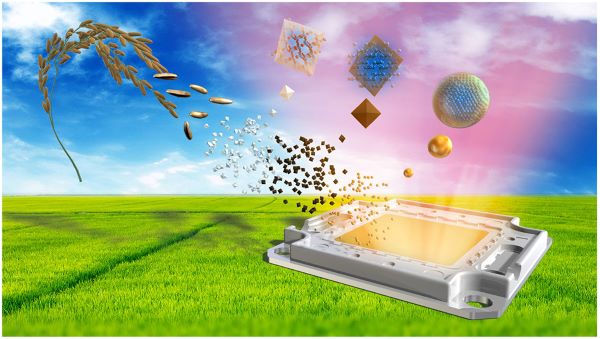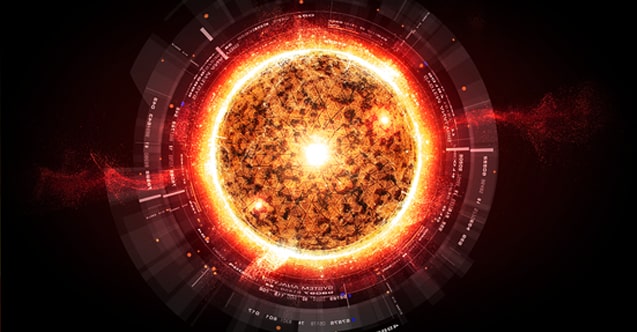Widely used quantum dots are used in a variety of fields, from QLED TVs to solar cells, from memory cards to cancer therapy. The new method developed transforms agricultural waste into state-of-the-art light-emitting diodes in a low-cost, environmentally friendly way.
Ken-ichi Saitow, professor of chemistry at Hiroshima University in Japan said that conventional quantum dots often contain toxic substances such as cadmium, lead or other heavy metals. However, he pointed out that the quantum dot process and fabrication method proposed by the team can minimize it. The team’s research direction is the “silicon quantum dots” type.
Silicon has a high content in the world, the absence of heavy metals makes it environmentally friendly. In addition, stability and high operating temperature give it great advantages.
Therefore this substance is widely used in Medicine, memory, light emitting diodes, light sensors and photovoltaic components.
The team wants to use rice husk waste to make silicon quantum dots greener. The team states that the reason for choosing rice is not only because 100 million tons of rice husk waste is produced in the world every year, but also because waste rice husk is actually an important source of silicon.

Waste rice husk has proven to be a good source for high purity silica and high added value silica powder. The Hiroshima University team first ground the rice husk and burned the organic compounds to extract the silica powder.
The remaining materials were then poured into an electric furnace and heated to further reduce the resulting purified silica powder particles and added to a solvent to make it chemically functional.
Finally, silicon quantum dots in the size of 3 nanometers, which emit light in the orange-red range and whose luminous efficiency exceeds 20%, were obtained.
The team noted that silicon quantum dots can be combined with layers of other materials to create new LEDs with indium tin oxide glass surfaces and aluminum films.
Looking to the future with hope, the team believes that the developed method can also be applied to other plants that can extract silicon dioxide, such as sugarcane, bamboo, wheat and barley, and that these natural plants and wastes can also be recycled.




